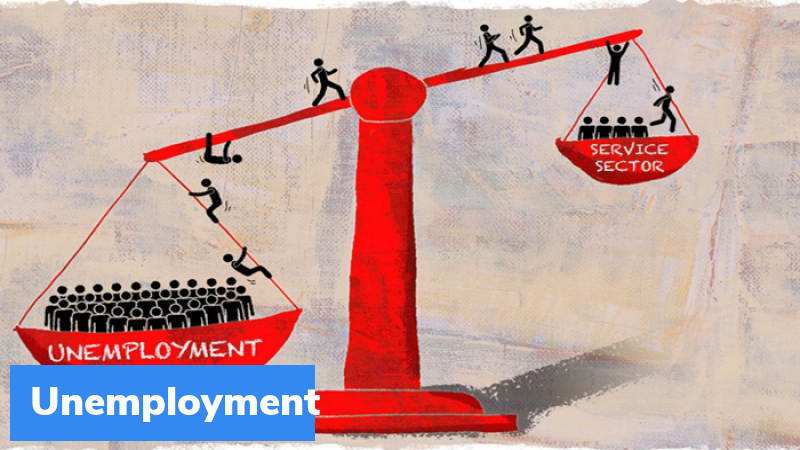India Discrimination Report 2022
The non-profit Oxfam India recently released the India Discrimination Report, 2022
Key highlights
- Labour force participation rate (LFPR) of women in India is just 25 per cent in 2021 – lesser than the figure of 42.7 per cent in 2004-05 and the lowest among the BRICS countries.
- Gender discrimination is the main reason behind the 98 per cent employment gap between males and females in India.
- Lack of education and work experience are contributing to the lesser wage for women.
- The average earning of a man is about 2.5 times that of a woman.
- The report concluded that, while there is a decline in discrimination within the Indian labour market over a decade, there still remains high gender inequality.
- There is a high probability that women’s employment in decent jobs have no bearing on their endowments.
- Women’s educational qualifications have little impact on their employment status.
- Due to this, gender discrimination in labour market is almost total in India.
- In 2019-20, 60 per cent of all men aging 15 and above have regular salaried and self-employed jobs. During the same period, only 19 per cent of women in that age group had jobs.
- The report also found that a large number of qualified women are unwilling to join the workforce because of “family responsibilities” and the need to conform to social norms.
- Apart from gender-based salary gaps, the report also found differences in income among castes.
- The mean income of regular employed persons belonging to the Scheduled Castes or Scheduled Tribes in urban regions was Rs.15,312. This is lesser than Rs.20,346 earned by those belonging to the General Category.
- This means that general category’s earnings is 33 per cent higher than SC/ST communities.
- Similar gaps are found for self-employed workers from the two categories.
Month: Current affairs - September, 2022
Category: Economy & Banking Current Affairs • Reports & Indexes Current Affairs


